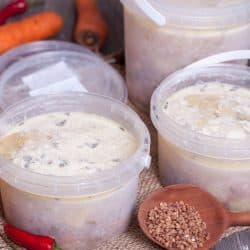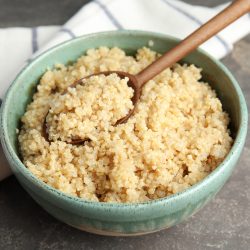Celery is a popular vegetable for cooking but it can bring a bitter taste to any dish if overused. Although celery flavor is typically mild, there are several ways to tone it down if it becomes overpowering.
Finding the right way to tone down your dish's celery flavor may seem like a daunting task. We have searched several sources to bring you some viable options to tone down the celery flavor in your cooking.
Experts recommend quickly removing the celery from your dish as soon as it becomes too strong. Celery broth can be removed from soups or stews and replaced with other liquids.
In other dishes, ingredients may need to be added to tone down the flavor. We will discuss the following methods to tone down celery flavor in further detail:
- Replacing celery broth
- Increased volume
- Competing flavors
- Extra additions
- Herbs and spices
- Ensuring a proper ratio
Choosing a method to tone down the celery flavor in your cooking is only one of many questions that you may encounter. You may wonder about the bitterness of celery or the taste when it is cooked.
You may ask yourself what to do with excess celery or when you should not use this ingredient. We will answer all of these questions and discuss other closely related topics, just keep reading!

Replacing celery broth
Celery is a staple in many dishes, adding a light and fragrant element. Mirepoix is a soup base made of onions, carrots, and celery that can start several flavorful soups, stews, sauces, and other recipes.
Sometimes the overutilization of celery in your base or dish can result in a strong or bitter flavor. Replacing some of the broth or base with an alternative liquid can tone down this pungency.
Water

If you find that your broth contains a strong celery flavor you can dilute it with water. Remove a cup at a time of the broth and replace it with the same amount of water until desired results are achieved.
Don't try to replace too much broth with water without tasting in between cups removed to prevent a diluted taste. Add extra seasoning to account for the liquid that you take out of the dish.
Chicken or beef broth
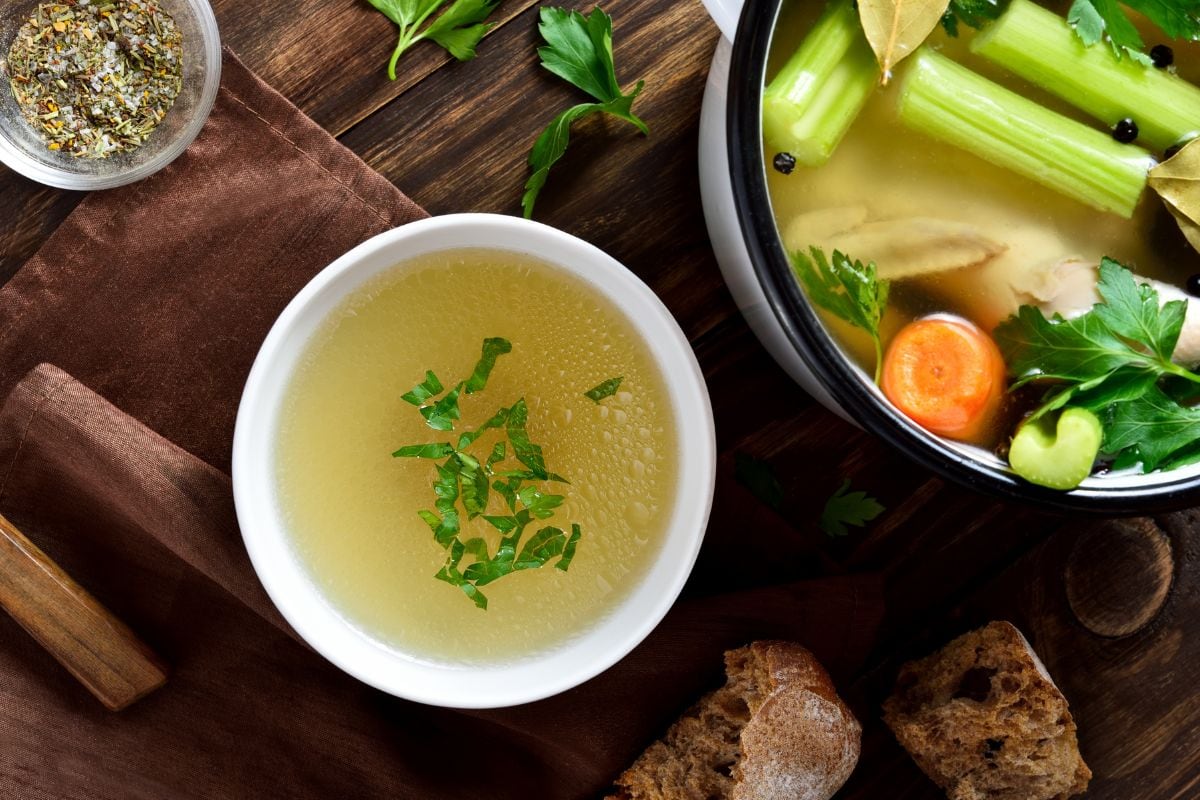
Broths add a deep rich flavor to many dishes and soups. Adding chicken or beef broth into dishes after removing liquid with too much celery flavor brings this same rich deep flavor into your kitchen.
Broth, both homemade and store-bought, can bring salt and sodium along with flavor. For those with dietary restrictions that include salt and sodium, opt for a low-sodium version of chicken or beef broth.
Vegetable stock

Made from an array of aromatic vegetables, vegetable stock is similar to broth without meat. Replacing celery broth with vegetable stock can lessen the celery taste without sacrificing the rich vegetable flavor.
Vegetable bullion is a compact way to add vegetable flavor to your cooking and can be added to water for convenience. Vegetable broth is another option for a rich vegetable flavor to replace celery broth.
Click here to find this vegetable broth base on Amazon.
Increased volume

Increasing the volume of your dish is another way to tone down too much celery flavor in your cooking. You can increase the volume of your food dish by adding liquid and or extra ingredients.
Ensure that you don't dilute your dish by adding additional seasoning to account for the extra volume. If cooking a soup or stew, you may also need to add extra liquid along with additional seasoning.
Extra vegetables
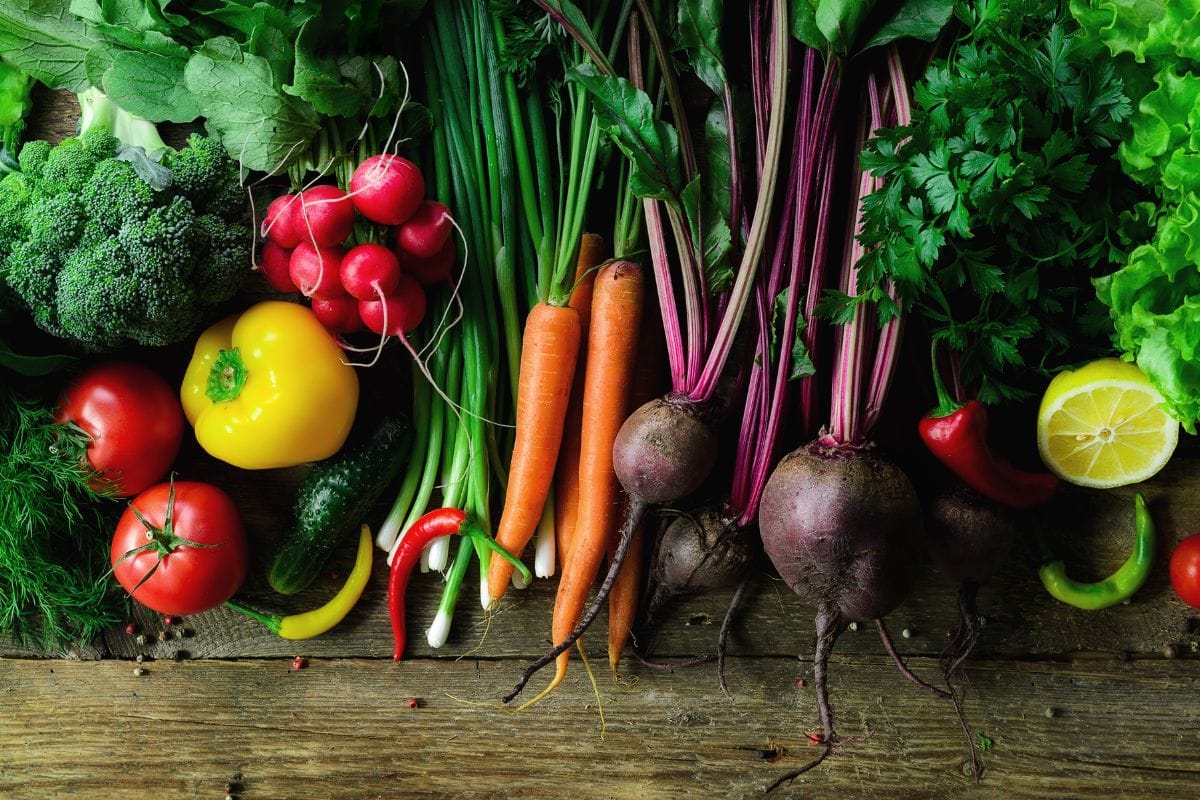
Aromatic vegetables can help to drown out a strong celery flavor in your dish. Strongly flavored vegetables, such as onions, cabbage, or tomatoes are good choices to balance strong celery flavors.
Sauteing or roasting your vegetables before adding them to your dish will ensure that all vegetables cook evenly. It will also add a caramelized deep flavor to your vegetables and dish.
Extra meat
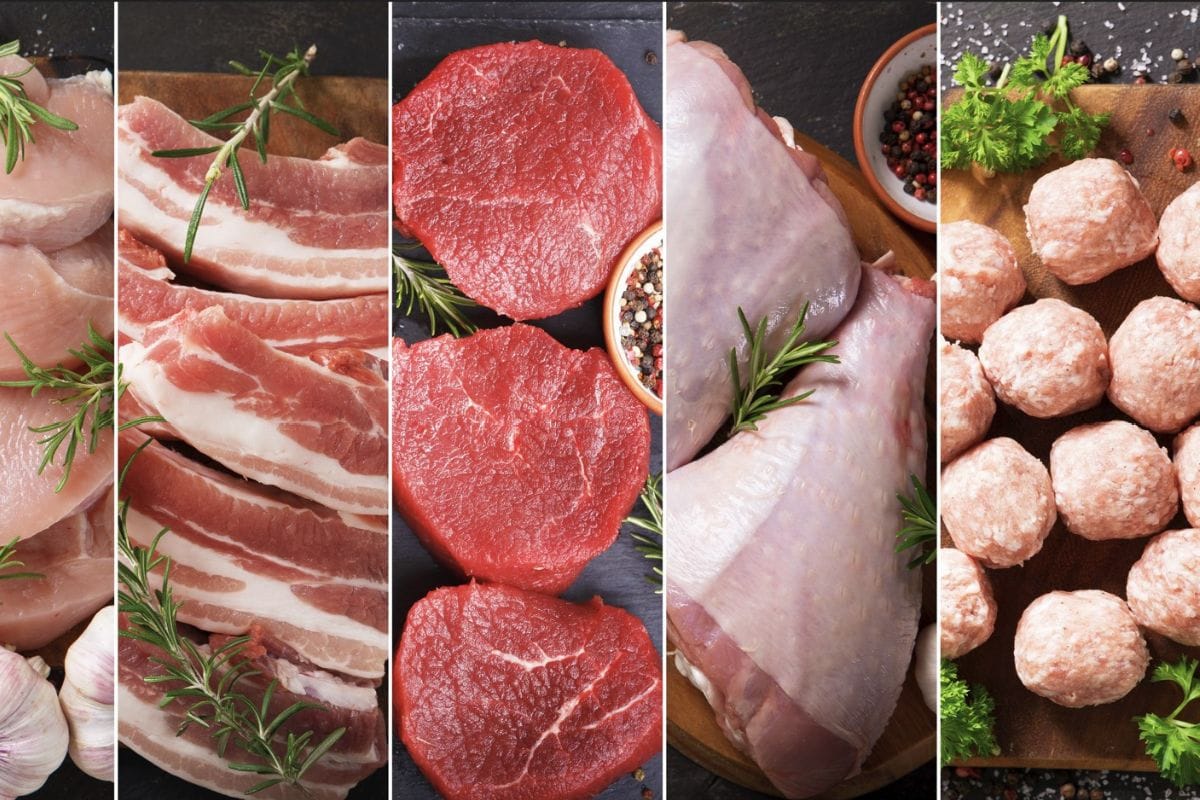
Adding extra meat to your dish is a good way to "beef up" the flavor and tone down the celery flavor. The meat or chicken, depending on your dish, can add extra rich flavor and help to cover the celery flavor.
You may need to saute or roast your meat before adding it to your cooking for flavor and cooking time. Beef or chicken bullion is an alternative to adding extra meat if you have no extras.
Competing flavors
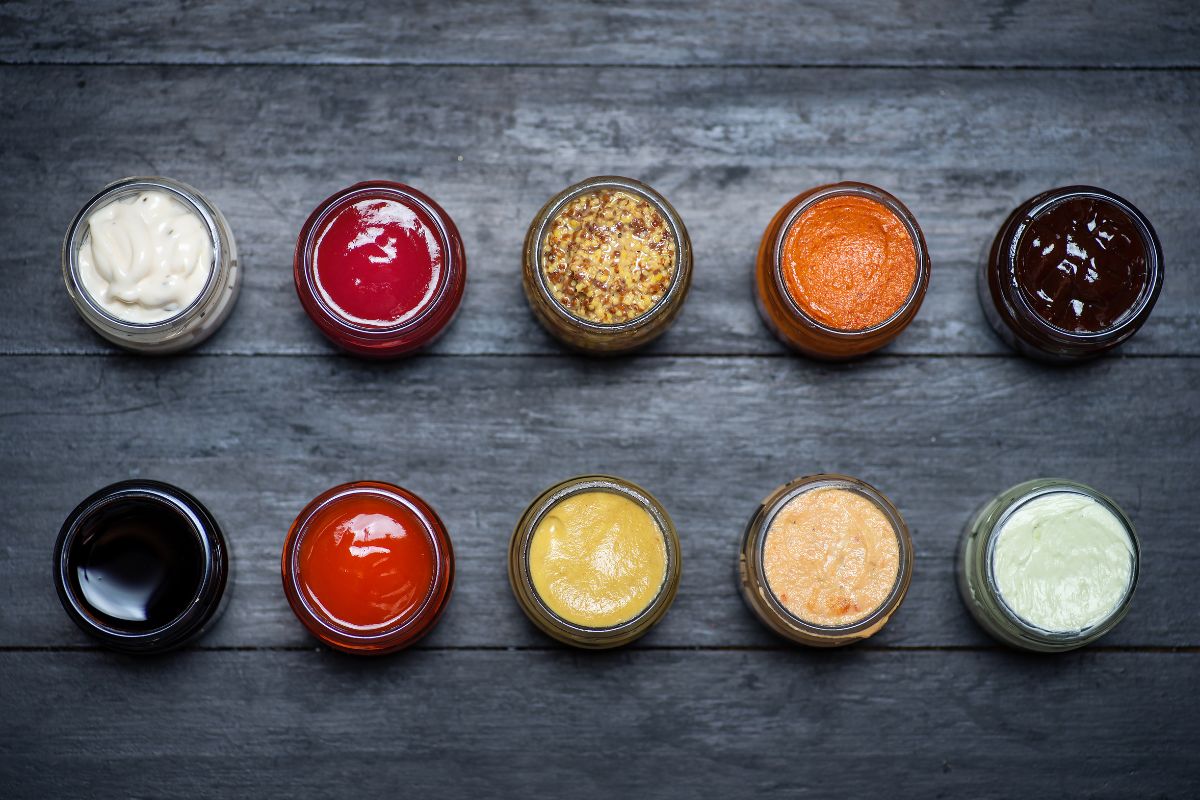
Distracting from celery flavor is another method to tone down an overpowering flavor. Adding a rich or strong flavor source to a dish containing celery is a great way to change up or balance the flavor.
The key to adding a competing flavor is to add a concentrated flavor that won't change the consistency or volume of your dish. Chili sauce, soy sauce, or garlic flavoring are some good options.
Click here to find this soy sauce and dispenser set on Amazon.
Extra additions
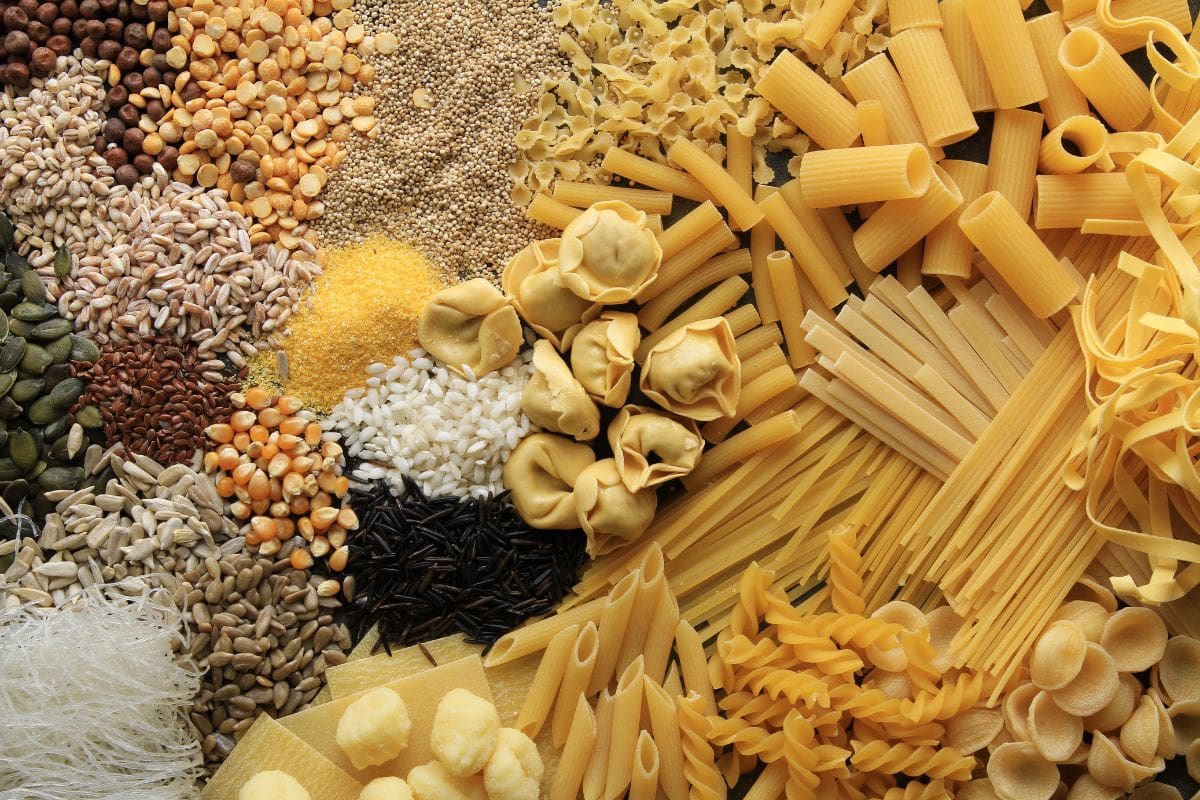
Adding extra meat may not be an option if your dish is too far along in the cooking process. Adding extra vegetables too far into the cooking process can also result in different consistencies of vegetables.
If you find yourself in this situation, consider adding in some cooked pasta or grains to bulk up your dish and tone down the celery flavor. Rice or noodles can be tasty additions to many dishes.
Herbs and spices
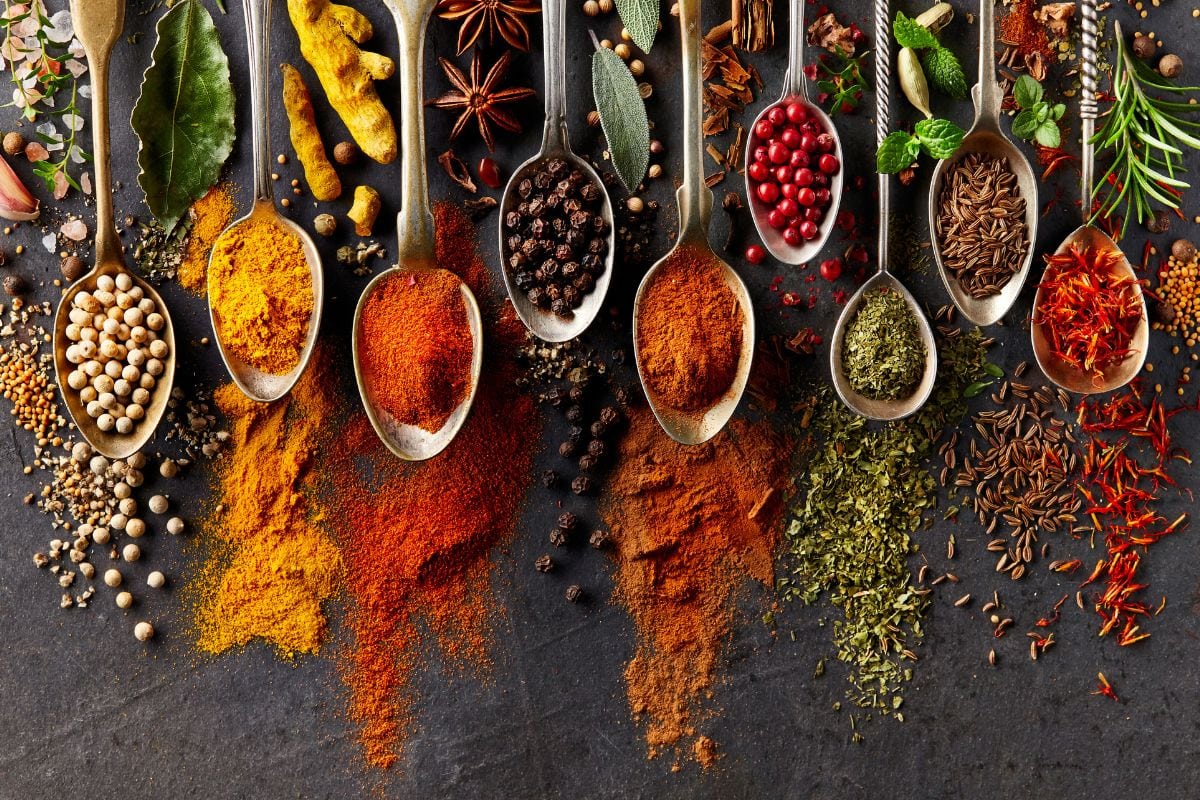
Another great way to tone down the celery flavor in your cooking is by using competing flavors. There is no better way to add flavor to your dish than by using different herbs and spices.
Strong herbs and spices such as rosemary, cilantro, garlic, or tarragon can help balance out flavors. Tasting your dish as you slowly add these strong flavors will ensure that the flavor is not overpowering.
Click here to find this revolving spice tower on Amazon.
Ensuring a proper ratio
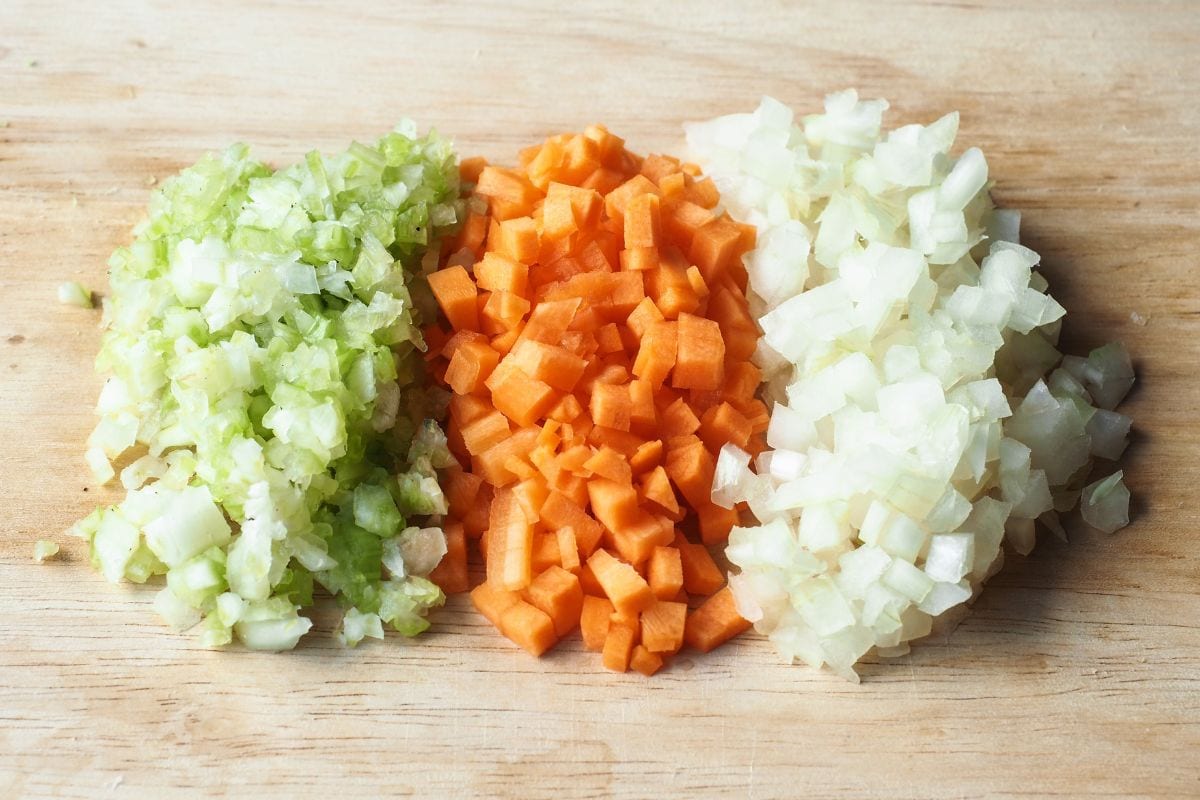
Ensuring a proper ratio of aromatic vegetables in your dish is the best way to keep it from having a strong celery flavor in your dish. Mirepoix is a French soup base used as a foundation in many dishes.
This soup base is made from a ratio of 2 parts onion, 1 part celery, and 1 part carrots. These ingredients are cooked on low heat without browning and then added to a soup, sauce, or dish for a sweet base.
How do you fix bitter celery soup?
Celery's bitterness can be a result of chlorophyll. If you grow celery, cover the stalks with newspaper or cardboard for about 2 weeks before harvesting to prevent the production of chlorophyll.
Sauteing celery will soften the flavor as well as the texture of celery, resulting in a less bitter flavor. Simmering your celery will also help to create a milder flavor.
Does celery taste different when cooked?
Raw celery and cooked celery taste different from one another. Along with different flavors, cooking celery will also change its texture.
Cooking celery gives it a sweeter and more mild flavor along with a softer texture. Raw celery is safe to consume but cooking celery increases its vitamin C content and nutritional value.
What can I do with too much celery?
Because celery is typically sold by the head, there can be plenty of leftovers. Celery can be washed and stored in the fridge for a couple of weeks still attached to the base or frozen for a couple of months.
Blanched celery will keep for up to 6 months in the freezer. If you would rather use the celery, consider a veggie platter as an appetizer or a celery soup on a cold night.
When should you not use celery?
There are several signs that celery is no longer good for consumption. Celery will fade in color to a pale green and it will look slightly dull in appearance.
Celery will also become soft and bendable when it is no longer good. The center of the celery stalk will also become more hollow.
Final thoughts
Celery can be a great addition to many dishes, bringing a flavor that is not replicable. As with any ingredient, though, too much of a good thing can sometimes become a bad thing.
Using various methods, your dish can be salvaged when the flavor of your celery goes too far. We hope that the above selection of ways to tone down celery flavor has been helpful.
Before you go, here are some other articles that may be of help to you:
Do You Cook Quinoa Before Adding It To Soup?
Bakers Flour Vs Bread Flour: Uses & Differences
What Are Twice-Baked Potatoes? [Defined For Beginners With 3 Easy Starter Recipes]





![A delicious baked onion soup with French bread on the table, 9 Lipton Onion Soup Mix Substitutes [Including Homemade]](https://kitchenseer.com/wp-content/uploads/2021/12/A-delicious-baked-onion-soup-with-french-bread-on-the-table-250x250.jpg)
